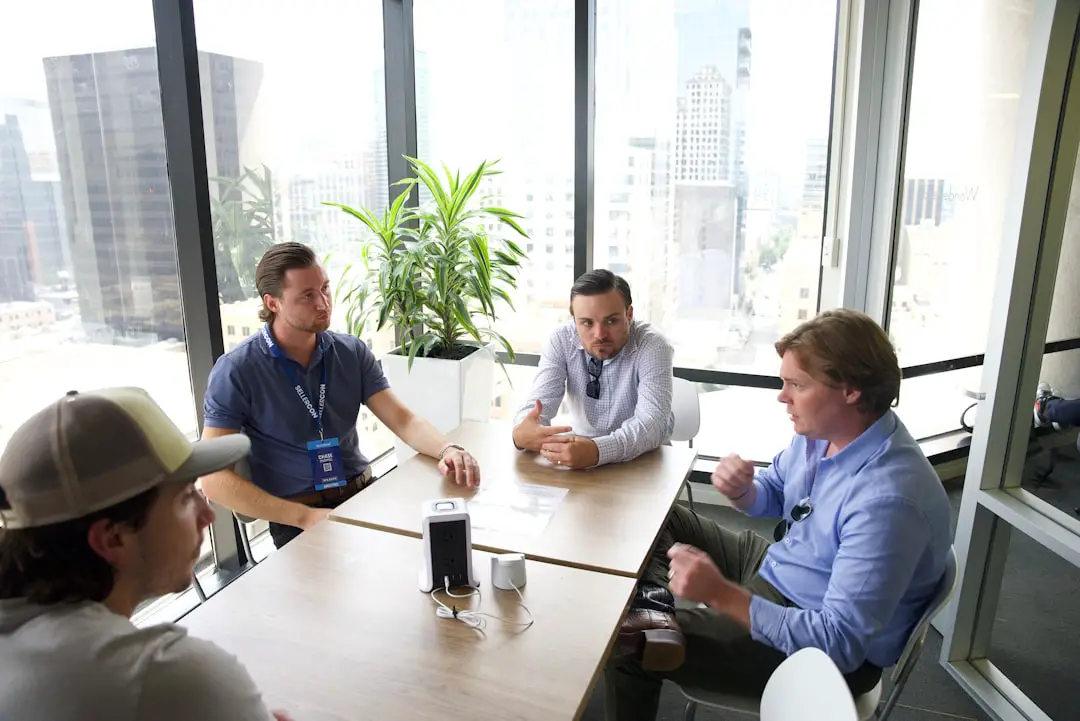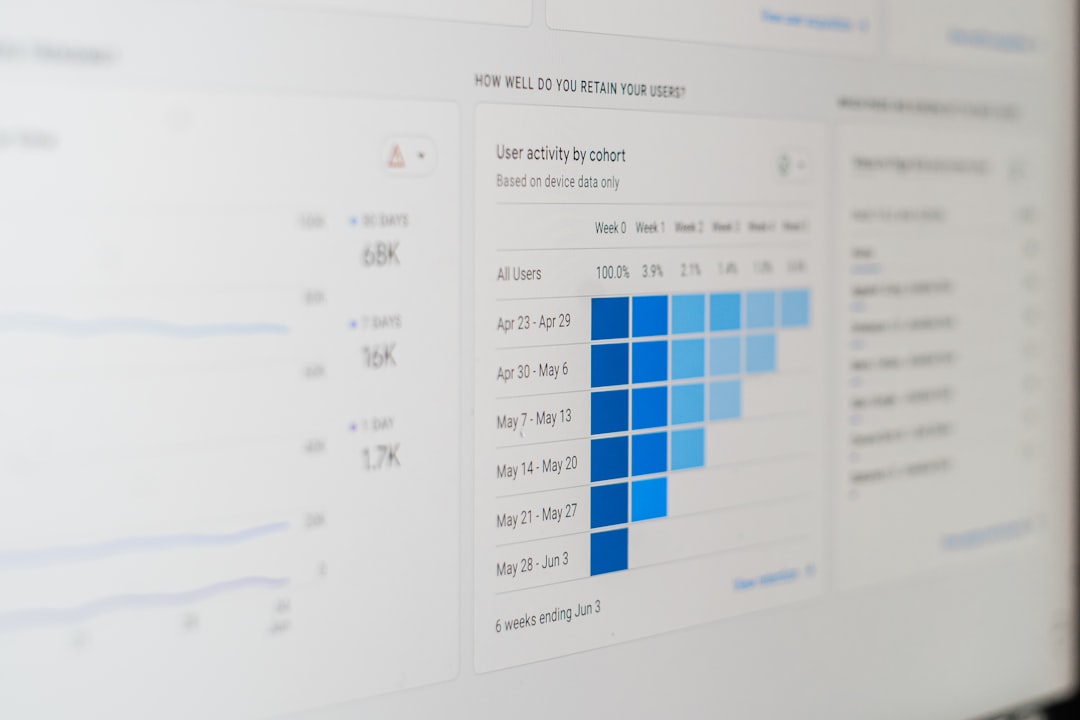In the fast-evolving world of SaaS and tech startups, Product-Led Growth (PLG) has emerged as a dominant go-to-market strategy. Companies such as Slack, Zoom, and Notion have proven that a great product can sell itself. In a PLG model, the product becomes the primary vehicle for customer acquisition, activation, and expansion. However, there comes a point in many product-led companies’ growth journeys when adding human interaction into the sales process becomes not just valuable—it’s essential.
Understanding Product-Led Sales (PLS)
Product-Led Sales (PLS) combines the strengths of PLG with traditional sales by inserting sales teams at strategic moments in the customer journey. This hybrid approach is designed to decode high-intent signals from product usage and engage customers who are most likely to convert or expand. Sales doesn’t replace the product-led motion but enhances it with timely, personalized engagement.
While PLG is ideal for driving viral adoption and showcasing value through user experience, the complexity of many buying decisions—especially in enterprise environments—often requires a human touch. That’s where product-led sales shines.
Why PLG Alone Can’t Always Scale
There is a ceiling to how far PLG alone can take a company. While the self-serve funnel drives efficiency and user-centric metrics like activation and retention, it often falls short in revenue generation or managing complex multi-stakeholder sales cycles.
Consider this scenario: A team within a large organization starts using a product for free. Their engagement grows rapidly, but when it comes time to scale across departments, clarify legal requirements, or discuss custom pricing—human involvement becomes necessary. Without a sales team, these enterprise opportunities may stagnate or churn.
This is when injecting a sales layer adds strategic value. Not only can reps tailor conversations based on product usage, but they can also negotiate contracts, address technical objections, and build broader stakeholder alignment.

Signals That It’s Time to Add Humans
Not every PLG company needs sales reps right away. But there are specific signals that suggest it may be time to scale up your human-powered efforts:
- High-Volume Product Engagement: If teams or companies within your user base are showing repeated, heavy usage, it may be time for sales to step in and accelerate conversion.
- Multiple Users from the Same Company: This is a strong indicator of organizational interest. A human can help consolidate these users into a larger, coordinated buying decision.
- Stalled Upgrades: When freemium users hit feature limits but aren’t self-upgrading, a sales representative can provide the nudge or answer questions that unlock value.
- High ACV Potential: If a customer account has the potential to become a $50k+ annual deal, relying solely on assumed self-service behavior is a missed opportunity.
- Complex Use Cases: Businesses with complicated integrations or unique compliance needs require discussions that go beyond what a product demo or documentation can address.
How to Integrate Sales into a PLG Motion
Successfully layering sales into a PLG strategy requires thoughtful execution. The key is to make the process feel like a feature—natural, contextual, and user-centric—not an interruption.
1. Use Product Data as the Lead Source
One major differentiator in product-led sales is that sales teams prioritize accounts based on actual in-product behavior. Metrics like time spent using the product, features adopted, team size, and active users give far more actionable insights than traditional firmographics ever could.
Companies often integrate product analytics with customer relationship management (CRM) tools to create a Product-Qualified Lead (PQL) score. This replaces or augments the traditional Marketing-Qualified Lead (MQL) model.
2. Structure Teams to Support Sales-Assisted Journeys
Sales in a PLG environment looks different. These reps aren’t just cold-calling leads; they’re strategic advisors who know when and how to engage.
- Sales Development Representatives (SDRs) might be reimagined as Product Specialists who reach out based on usage triggers.
- Account Executives (AEs) focus on closing high-value customers, especially those who have already seen success on the platform.
- Customer Success Managers (CSMs) may be involved earlier to ensure the sales process focuses on long-term value.
3. Let Users Drive the Pace
In traditional sales-led organizations, outreach can feel intrusive or premature. In a product-led sales motion, the user essentially “raises their hand” by engaging with the product. Sales should respond quickly but with context, ensuring they act more as a guide than a pusher.
“The best product-led sales reps don’t sell—they consult. They look at how the product is being used and show the customer what’s possible.”
This approach reduces friction, builds trust, and ensures product-led momentum continues even when humans enter the equation.

Measuring the Success of Product-Led Sales
To evaluate the effectiveness of PLS, teams should track a blend of sales metrics and product engagement KPIs:
- Conversion Rate of PQLs: Are product-qualified users converting to paid plans at a higher rate than MQLs?
- Average Deal Size: Is human involvement increasing contract values?
- Sales Cycle Length: Are cycles faster because the product has already sold much of the value?
- Expansion Revenue: Are sales teams helping current users adopt more features or increase license counts?
An effective PLS strategy not only improves revenue performance but also enhances the user journey by offering relevant human support at just the right time.
Conclusion
You don’t need a large sales team to go the product-led route—but at some stage, if you want to turn high-performing users into high-paying customers, strategic human interaction becomes invaluable. The key to success is using data-driven signals to guide when and where those sales conversations should occur.
Done right, product-led sales turns your product into a powerful discovery engine for sales teams and ensures customer engagement drives your company’s revenue story.
Frequently Asked Questions (FAQ)
-
Q: What is the difference between Product-Led Growth (PLG) and Product-Led Sales (PLS)?
A: PLG emphasizes self-service and product adoption as growth drivers, while PLS integrates human sales efforts at key moments to help increase conversions and deal size. -
Q: When should a PLG company add a sales team?
A: Typically once there’s significant product usage, especially across multiple users or teams in the same company, and when upgrades or enterprise sales become more complex. -
Q: What is a Product-Qualified Lead (PQL)?
A: A PQL is a user or account that has demonstrated meaningful engagement with a product, signaling potential to convert to a paid tier or expand usage significantly. -
Q: Should every PLG motion include sales?
A: Not necessarily. For some low-ACV, high-velocity products, self-service may suffice. But for mid-to-enterprise sales, adding human touches can significantly optimize revenue. -
Q: Can sales teams use traditional metrics in a PLS model?
A: While traditional metrics still apply, PLS models rely more heavily on product usage data and PQL scoring than conventional lead-generation techniques.

